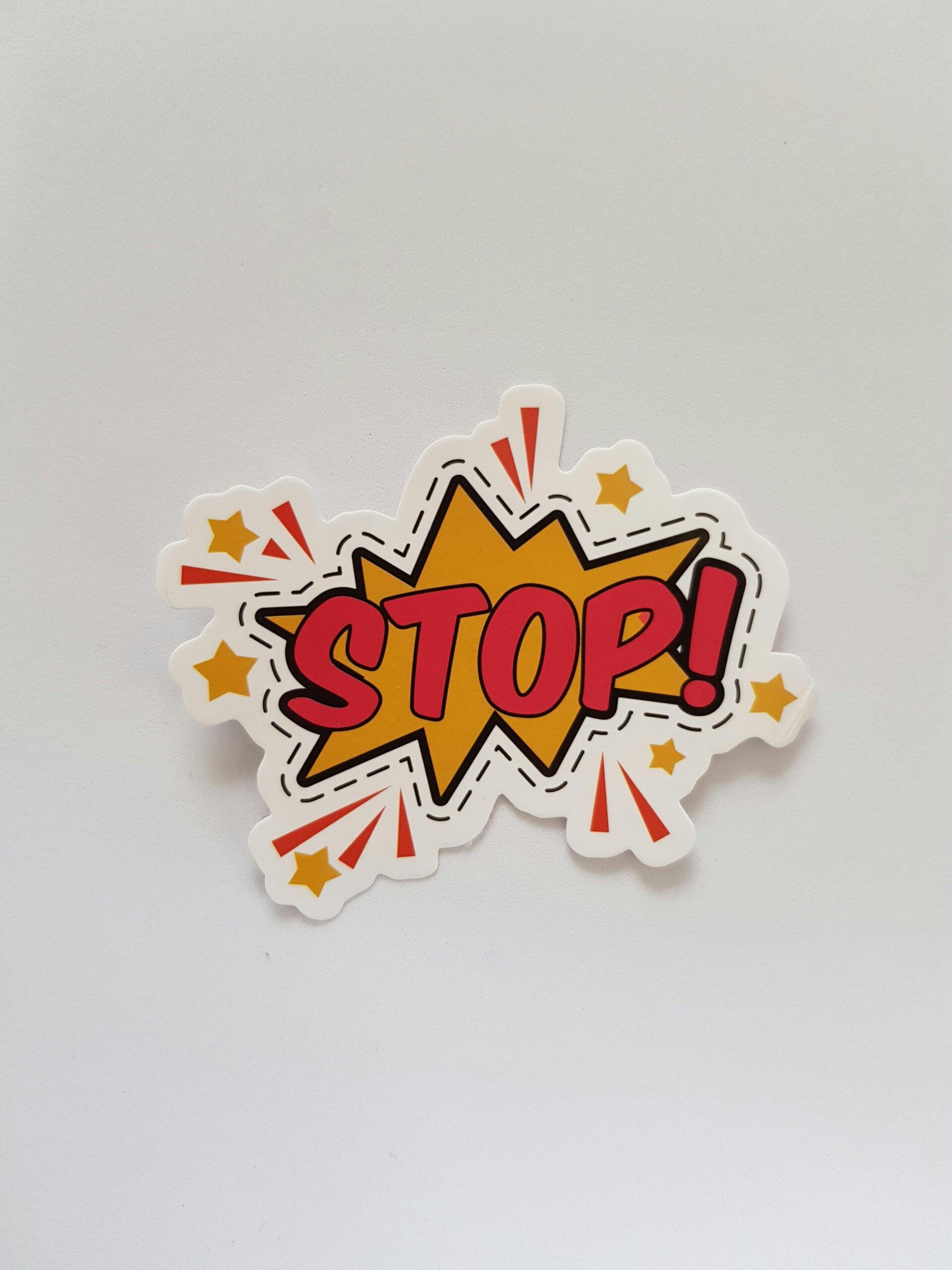A two-part series on the perils of being a high-achieving leader and the common Superhuman Traps that seem to drive your career forward but instead quietly undermine your leadership. Check out Part 1 here: https://upskillconsulting.ca/2024/09/24/leadership-traps/
“Stop being so good at your job”—said no one ever to a leader. Except, that’s exactly what I’m here to tell you is needed. Hear me out.
You’re a leader because you excel at what you do. Without even knowing you personally, I bet a few things are true about you:
- You’re a high achiever, always focused on getting things right.
- Your work feels like a direct reflection of who you are.
- You’re hard on yourself when you think you’re underperforming.
If any of this rings true, you’re probably at risk of falling into the second Superhuman Trap of leadership. Some of you are already there, looking up from the bottom while I peer down the proverbial hole.
But how did you end up here? And more importantly, how do you climb out?
You got here through the paradox of leadership. You’ve been honored with this position because of your achievements, your ability to knock it out of the park, and your ‘I can do it all’-ness. All the things that will now undermine your leadership success.
And to get out, you need to underperform. Wait, what?
Ok ‘underperform’ is a little strong, but a good leader is a good director. And a good director makes magic from behind the camera, not in front of it. And when success ‘in front of the camera’ is what got you into this role, taking a backseat can feel foreign.
Let’s review four ways to reframe leadership as the art of strategically underperforming to allow others to thrive. For each, you’ll find ‘Director’s Cues’—tangible actions and suggestions for how each approach might look, feel, and sound in practice.
1. Make Room for Uncertainty: You Don’t Have All the Answers
“I don’t know” isn’t a comfortable sentence for most. As an individual contributor, it’s a phrase you likely used less and less as your expertise grew. In leadership, however, uncertainty is rarely given the space it deserves.
There’s also a nuanced skill in choosing to say “I don’t know” even when you do. Why? Because you didn’t build your expertise by having everything handed to you, and your team won’t either. Uncertainty is a rich breeding ground for growth, discovery, and innovation—and it’s up to you to cultivate that environment by sprinkling in the fertilizer of “I don’t know.”
Director’s Cues:
- When asked a question, respond with: “That’s a good question. What solutions have you considered so far?”
- Hold back from offering immediate fixes, instead ask: “What other angles could we explore?”
- When a team member feels stuck, say: “I’m not sure either [even if you are]—let’s talk through possible next steps.”
- Master the pause. After posing a question, allow space for your team to fill the gap with their own ideas.
- Normalize uncertainty by saying: “I don’t know, and that’s okay—let’s figure it out together.”
2. Pull Back and Observe: Resist the Urge to Intervene
Have you noticed where you sit during team meetings? How closely you listen in on your team’s conversations—assuming it doesn’t feel awkward. Are you cc’d on most team emails, even without asking? As leaders, we often place ourselves in positions of constant involvement without even realizing it. It’s a habit many bring into leadership, because being involved is likely part of what got you noticed for the role in the first place.
But staying at the center of your team’s operations is counterproductive in two important ways: 1) It prevents your team from developing their own problem-solving and critical thinking skills, and 2) It keeps you from stepping back and observing the subtler, unspoken dynamics that should shape how you lead.
Director’s Cues:
- In meetings, choose a seat toward the back, allowing your team to take center stage. This physical shift signals that you trust them to lead.
- Instead of offering input immediately, stay silent a little longer and let your team work through discussions without your guidance.
- Opt out of email chains that don’t require your input—don’t let yourself be a crutch.
- When a team member asks for guidance: “I trust you’ve got this. Why don’t you walk me through your thought process first, and let’s see if we can fill in any gaps together?”
3. Be the “Invisible Hand”: Guide Without Directing
It might sound contradictory—be like a director, but also guide without directing. Blame that on the ambiguity of the English language. When we think about top Hollywood directors, they set the vision, shape the environment, and then give their actors the freedom to create their own magic on set.
This is your new challenge: guide the bigger picture without micromanaging every detail. Share your vision, then step back and let your team find their roles within it. The less visible your leadership, the more empowered your team becomes. But remember, less visible doesn’t mean less engaged—you need to be present without hovering.
Director’s Cues
- Share your vision clearly with the team, then let them shape the details that support it. Provide context but avoid directing the steps they should take.
- After outlining your expectations, ask open-ended questions like, “How would you approach this?” to encourage creative solutions that fit within the broader vision.
- Keep a pulse on progress without being overbearing—check in with “What’s coming together well, and where are you feeling stuck?” This shows you’re involved but not micromanaging.
- Step back after delegating—when the team asks for more guidance, offer a thought like, “How do you see this aligning with our overall direction?” instead of providing a solution.
4. Celebrate the Small Misses

Go back and read the header again—did your brain read “misses” or “wins”? Chances are, some of you assumed I meant the usual “celebrate the small wins.” But when the trap is that excellence becomes a burden, I really do mean that, as a leader, you need to help your team celebrate the small misses.
High achievement and excellence aren’t just a burden for you; they are for your teams too. When the focus is solely on hitting targets and avoiding mistakes, it stifles innovation and creativity—because the fear of making a mistake holds people back. But mistakes and failures are the precursors to true success. So step 1 on your journey of leading your team to success is to create a culture that celebrates small misses, treating them as valuable opportunities for learning and growth.
This also means celebrating your own misses openly with your team. Show them you’re human too and that you genuinely value the lessons only mistakes can teach. When they see you doing this, it sends a strong message: it’s okay to fail as long as we learn from it.
Director’s Cues:
- When a team member admits to a mistake, say: “Great! Now, what can we learn from it?”
- Share your own small miss to model the behavior: “Let me tell you where I messed up this week…”
- At the end of a project, in addition to the usual ‘what went well, what could we have done differently’, ensure you also review the misses and celebrate the learnings and progress that came from them.
- After a setback, emphasize: “This is part of the process—success rarely happens without a few missteps along the way.”
You might be wondering how you’re supposed to stand out as a leader if all this advice is about stepping back and being less visible. The irony is that the qualities that made you stand out for all the right reasons as an individual contributor will now make you stand out for all the wrong reasons as a leader.
The Superhuman Trap fools you into thinking you’re excelling—when you’re really just in the way. But by stepping back you will create the space for your team–and your leadership–to thrive.
Welcome to the Director’s chair.

This blog was written by Tiffany Baker, an accomplished HR professional, Certified Coach, and MBA Career Coach and Educator. Her 15-year HR journey crosses multiple sectors – including private, public, not-for-profit, and academic – and encompasses a broad scope of leadership roles in operations, HR communications management, and advising on diverse people and leadership topics. Tiffany leverages this comprehensive background to drive her thriving coaching practice, which centers on empowering individuals to **avoid common leadership traps** as they discover, lean into, and own what makes them unique on their professional journey.
At Upskill Consulting, we empower leaders to break free from the traps of ‘superhuman leadership.’ Many leaders fall into the misconception that the skills that got them to the top will ensure continued success. However, true leadership requires staying open to learning, knowing when to pivot, and embracing the journey of continuous growth. We focus on equipping leaders with practical tools that foster real development and drive impact. Our tailored programs ensure leaders not only retain knowledge but also apply it effectively in their roles. At Upskill Consulting, we’re committed to helping your leaders and teams excel in today’s fast-paced workplace. Contact us today to invest in your team’s growth and drive success for your company.
- The Not-So-Fluffy Truth About Connection in Leadership - May 2, 2025
- Small Changes, Big Impact: The Case for Micro Shifts in Leadership - April 7, 2025
- CliftonStrengths: Understanding the Assessment - April 1, 2025

